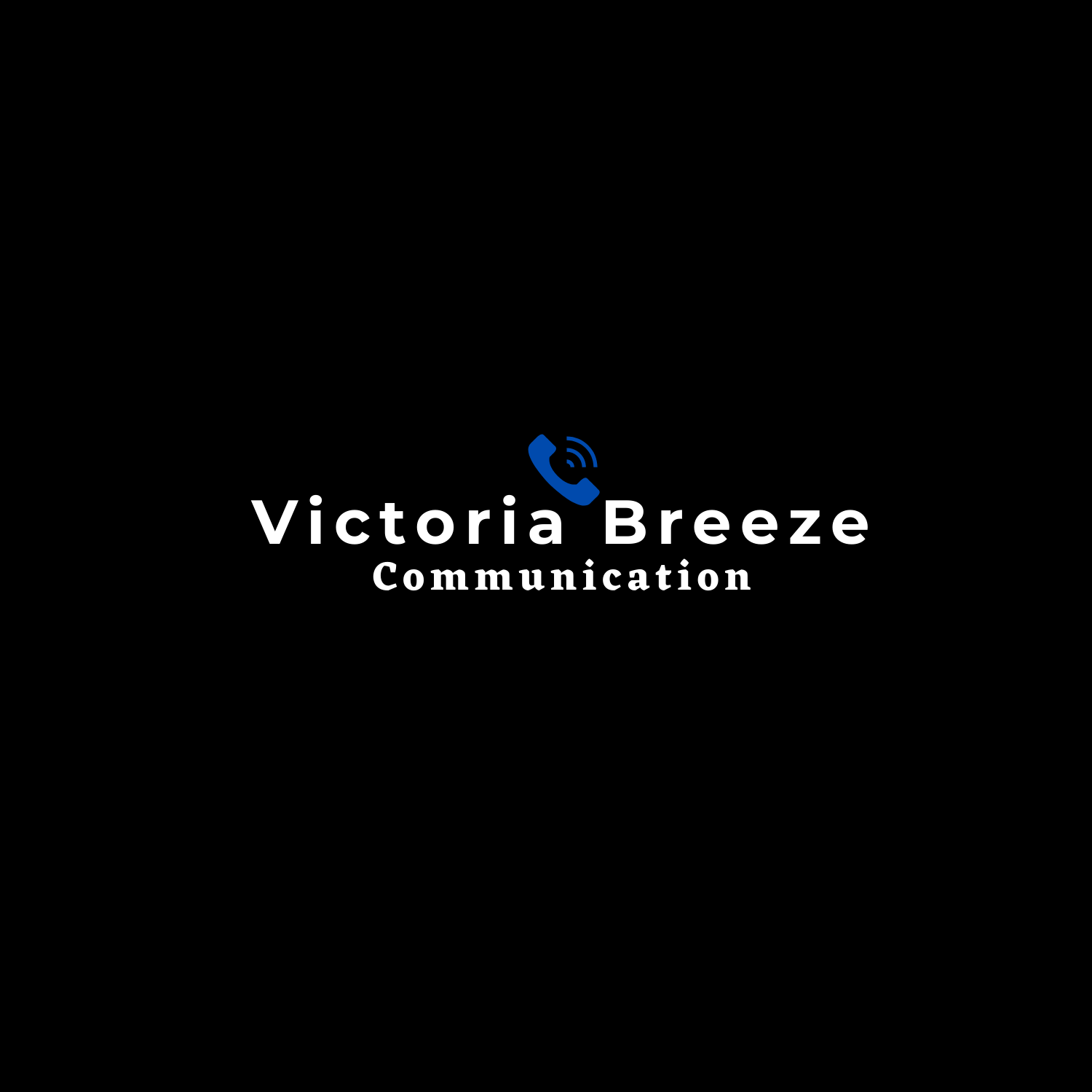Developing a PR plan consists of knowing who your intended audience is and how to contact them while addressing the issue. A successful PR plan can be achieved by organizing community and charity events, or sending out press releases to newspapers, radio stations and televisions.
Developing a PR plan involves addressing public disasters and issues with public perception. These issues can include data and information breaches, illegal activity and immoral behavior.
A PR plan is a functional road map that describes your business’ media program for the next six months. Periodic evaluations are a necessity, but your PR plan will chart a coordinated and intentional approach to public relations that supports your company’s PR initiatives.
When you are developing a PR plan, you’ll tailor it to the unique demands and challenges of your business. If you utilize a PR plan, you can evaluate the success of a PR plan and to know that your company is on the same page.
Steps to follow when developing a PR plan; by Nabitali Victoria Bbosa
1. Research
You will establish the research and situation in the early weeks of a PR program, you should allow room in your budget to hire an outside research firm to complete more comprehensive research.
Research should include primary, secondary, formal, and informal research. Without exception, you should be able to read and audit previous news articles and studies about your company, industry, and competition.
2. Objectives
Each PR plan should include one to five objectives. These objectives emerge from and align with your company’s overall goals. The best PR objectives include action verbs and answer the question of what you want to accomplish when developing a PR plan, that is; S.M.A.R.T. objectives:
S = Specific
M = Measurable
A = Attainable or achievable
R = Results-oriented or relevant
T = Timely
3. Implementation
The implementation stage is where strategies, tactics, and activities come into play for a PR plan.
Do the strategies, tactics, and activities address the objectives?
How will each strategy uniquely reach and engage the target audiences?
How might you expand and innovate those tactics and activities?
4. Evaluation
Don’t leave the evaluation of a PR plan until the end of the year or the end of a PR program. You should evaluate a PR plan on a regular basis say; quarterly to ensure it’s on track.
During these evaluations, you may decide that one of the objectives is no longer a priority or that the firm already exceeded an objective, and you might need to expand on it or accomplish something else. Schedule evaluation rhythms before approving your final PR plan.
What does success look like? Did you solve the objective or issue?
How will you know if your PR firm meets objectives?
How will the firm document and demonstrate results?
5. Investment
The investment is important because it supports accomplishing the objectives, and it allows you to know what you can and cannot accomplish during a campaign. Too often items not included in the investment sidetrack companies, and that deters from the focus and effectiveness of the agreed-upon PR campaign.
Make sure your company’s PR plan is flexible enough that you can adjust it for any unexpected occurrences, like reaching an objective earlier than expected, learning that an objective is no longer important, and finding out that you want to measure something else in your PR plan.
Developing a PR plan takes effort. Being part of the drafting of your company’s PR plan helps you achieve your business objectives and maximize your company’s performance. Having a PR plan in place and sticking to it will help you get the most from your PR investment.
Developing a PR plan just doesn’t happen on its own. It takes a lot of skill, and consistent hard work, over a period of time. It’s part art, part science and when practiced correctly the results can be very rewarding.

